They quickly sent troops to the Perfume River, captured key defense posts, and imposed harsh conditions, forcing the royal court to submit. That event marked a turning point in the French invasion and opened a period of turmoil in Vietnamese history at the end of the 19th century.
French ships at Thuan An port on August 18, 1883, source "Northern War" by author L. Huard, Paris, 1887.
From the Thuan An naval battle to the Hue capital mutiny
On July 30, 1883, in Hai Phong, the plan to attack Thuan An was decided between Major General Bouet, commander of the French military forces in Tonkin, and Vice Admiral Courbet, commander of the French navy. With a force of many gunboats and elite marine units, France was determined to launch an attack to quickly capture Thuan An, creating an overwhelming position forcing the Hue court to submit.
By August 21, 1883, the French army had captured and controlled Thuan An port. When he heard that the Thuan An defense line had fallen, King Hiep Hoa was extremely worried and quickly sent someone to request a ceasefire. At the same time, he ordered the warring faction to withdraw from the military posts and remove obstacles on the Huong River. The king's decision to negotiate peace met with deep dissatisfaction among the warring military officers, but they were still forced to obey. Ton That Thuyet, one of the warring leaders, expressed his opposition by returning the flag and the military plaque to the court.
Under increasing military pressure from French colonialists, on August 25, 1883, the Hue court was forced to sign the Harmand Treaty, accepting French protection in Tonkin and handing over control of the forts in Thuan An to France. However, the division within the court opened up opportunities for the warring factions to consolidate their forces.
Taking advantage of the loophole in the Harmand Treaty - which did not mention the internal military issues of the court, Ton That Thuyet secretly recruited soldiers, built and consolidated the mountain defense system along the mountainous region, especially the Tan So mountain defense ( Quang Tri ). Right in the capital Hue, he organized and trained two armies named Phan Nghia and Doan Kiet, demonstrating his readiness to confront the French colonialists.
The fact that the war faction held power and actively implemented anti-French measures made the French unhappy, thereby increasing both military and diplomatic pressure on the Hue court. In that context, the court urgently transferred assets from the warehouses to Quang Tri, preparing for a volatile situation, ready to bring the king and his courtiers here to establish a second capital. Along with isolating and eliminating the peace faction that was actively operating under the protection of French colonialism, the war faction also urgently sought someone with anti-French spirit to put on the throne. After many changes in the throne since King Tu Duc's death, they finally put Prince Ung Lich on the throne, taking the reign name Ham Nghi, preparing for a long-term resistance war against French colonialism.
By the end of May 1885, General De Courcy was appointed Commander-in-Chief of the French Army and Governor-General of Tonkin and Annam. Upon arriving in Ha Long in June 1885, De Courcy declared that “the knot of the Annam problem lies in Hue”. He believed that the Hue court did not truly accept the protectorate status and identified Ton That Thuyet and Nguyen Van Tuong as the two core regents who determined the court’s political stance.
On July 2, 1885, De Courcy ordered his troops to land at Thuan An port and enter Hue, demonstrating his power by sending soldiers and warships into the port, and at the same time demanding the disbandment of the royal mobile army. De Courcy's arrogant attitude was completely justified when they had deployed a very powerful force right in Hue, up to 1,387 soldiers, with 31 officers and 17 cannons divided into two military areas.
On July 3, 1885, De Courcy proposed to hold a meeting with the Ministers and the Privy Council to discuss the handover ceremony of the Patenotre Treaty - in fact, a plot to arrest Ton That Thuyet and eliminate the key figure of the war faction. However, this plot did not escape Ton That Thuyet's notice. When France invited high-ranking officials to the embassy to discuss the audience with King Ham Nghi, he intentionally stayed absent with the excuse that he was sick. De Courcy was angry and sent a doctor to "diagnose" and investigate the situation, but Thuyet still politely refused with the reason that he was "not used to Western medicine".
On July 4, 1885, De Courcy sent an ultimatum demanding that the Hue court accept all demands within one day. The incident pushed tensions between the two sides to the extreme. Faced with this situation, the war faction decided to take action.
On the night of July 4-5, 1885, while De Courcy was hosting a banquet for French officials on the other side of the Perfume River to discuss details of the audience with King Ham Nghi, Ton That Thuyet ordered the attack. At around 1:00 a.m. on July 5, cannons roared and fire broke out fiercely from Mang Ca fort and the area of the Central Region Resident's Office (now the Pedagogical University, Hue University). The attack officially opened the Can Vuong movement against the French nationwide.
Unforgettable memories
The mutiny between the royal army led by Ton That Thuyet and the French army ended in a short time with the French army winning. On the night of July 4-5, 1885, Ton That Thuyet escorted King Ham Nghi and a number of royal relatives and loyal mandarins to retreat along the mountain road to Tan So (Quang Tri) to continue the resistance and launch the Can Vuong movement nationwide.
On the morning of July 5, 1885, under the command of Colonel Pernot, the French troops from Mang Ca garrison organized a counterattack and quickly took control of the entire Hue citadel. Immediately after taking over the center of the Nguyen Dynasty, the French troops launched a large-scale looting. From the Royal Palace, Thai Mieu, Can Chanh Palace to the treasury, library and places storing national treasures, they were all mercilessly ransacked, destroyed and looted. They burned down ministries, institutes, barracks, houses; killed both civilians and officials, regardless of age, gender. Many people died from bullets, fire, or were trampled in the chaos. Screams, cries mixed with the sound of cannons and guns echoed throughout the sky.
More than a century has passed since that tragic event, but the tragic memory of the event in the year of At Dau (1885) is still deeply imprinted in the minds of the people of Hue. Many valuable documents and artifacts were lost, and many of them are now in museums in many countries around the world.
Every year, at the end of the fifth lunar month, incense smoke lingers throughout the streets of Hue, commemorating the tragic event. At 73 Ong Ich Khiem Street, Thuan Hoa Ward - where the Altar of the Souls is located, built by the royal court in 1894 under the reign of King Thanh Thai, the Hue Monuments Conservation Center solemnly organizes an annual ceremony. The Altar of the Souls is a place to commemorate and worship the souls of officials, soldiers and civilians who died in the disaster of Hue Citadel. Hue people also set up altars, light incense sticks, and offer gifts to commemorate the souls of the unjustly injured in that tragic event.
In Thuan An area - where the battle to defend the seaport took place in 1883, the people of Thai Duong Ha village (north of the old Thuan An port) buried the martyrs and civilians who died, and built the Am Linh temple to worship them. Every year, on the 16th and 17th of the 7th lunar month, a solemn ceremony is held to commemorate those who died in the Thuan An naval battle in the year Quy Mui (1883).
Without fanfare or noise, the soul worshiping rituals in Hue have become a quiet but sacred expression of gratitude, commemorating two tragic events in the nation's history: the Thuan An naval battle in 1883 and the Hue capital incident in 1885. It is not only a commemoration of the past, but also a continuation of the patriotic and resistant spirit of a glorious time.
Source: https://hanoimoi.vn/vu-binh-bien-tai-kinh-thanh-hue-140-nam-nhin-lai-709831.html


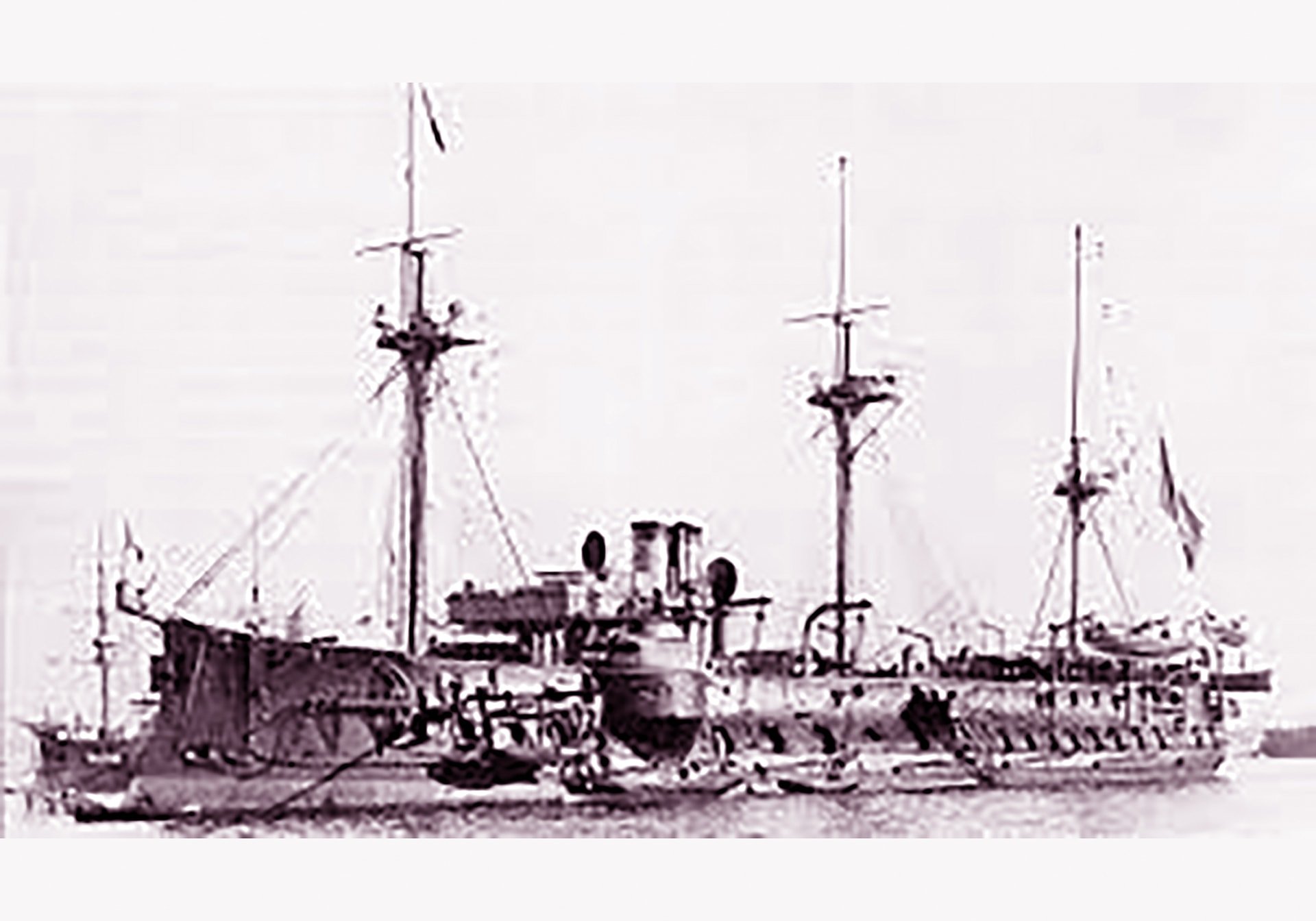



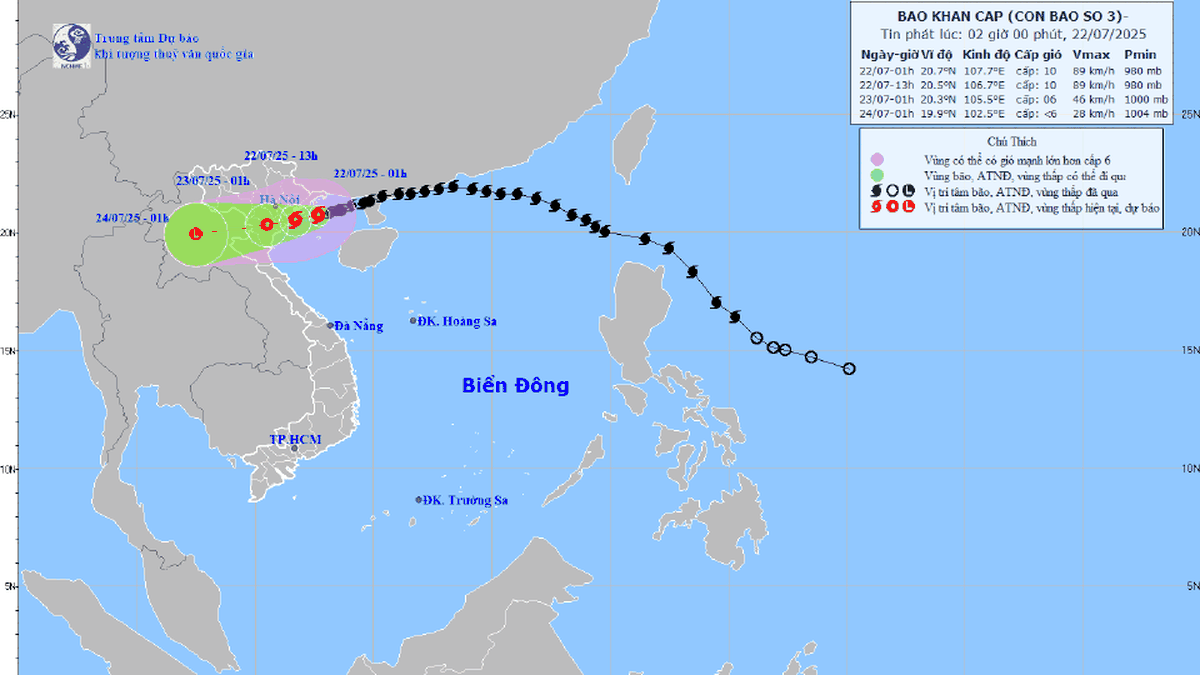
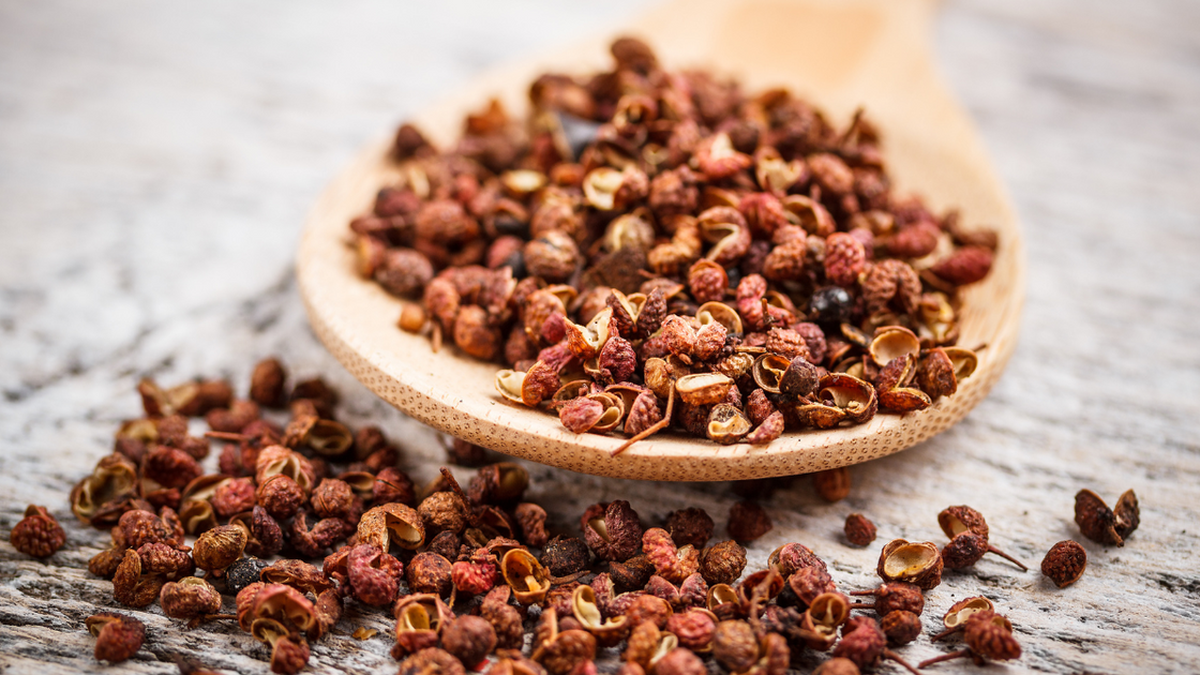

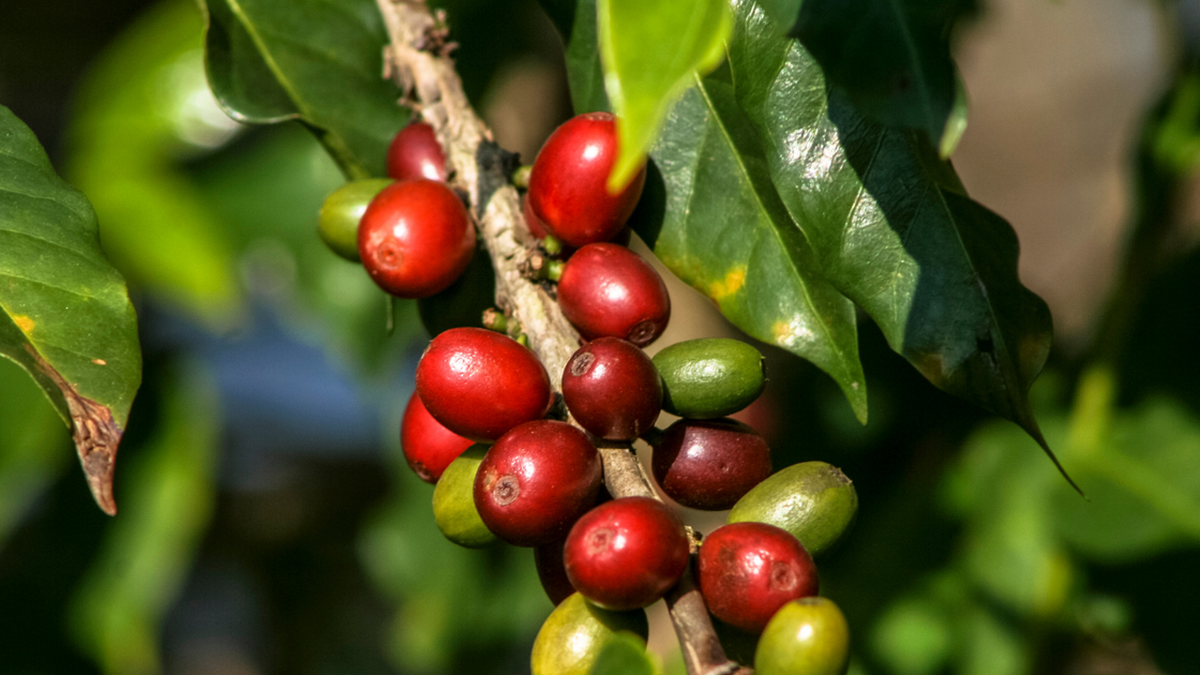
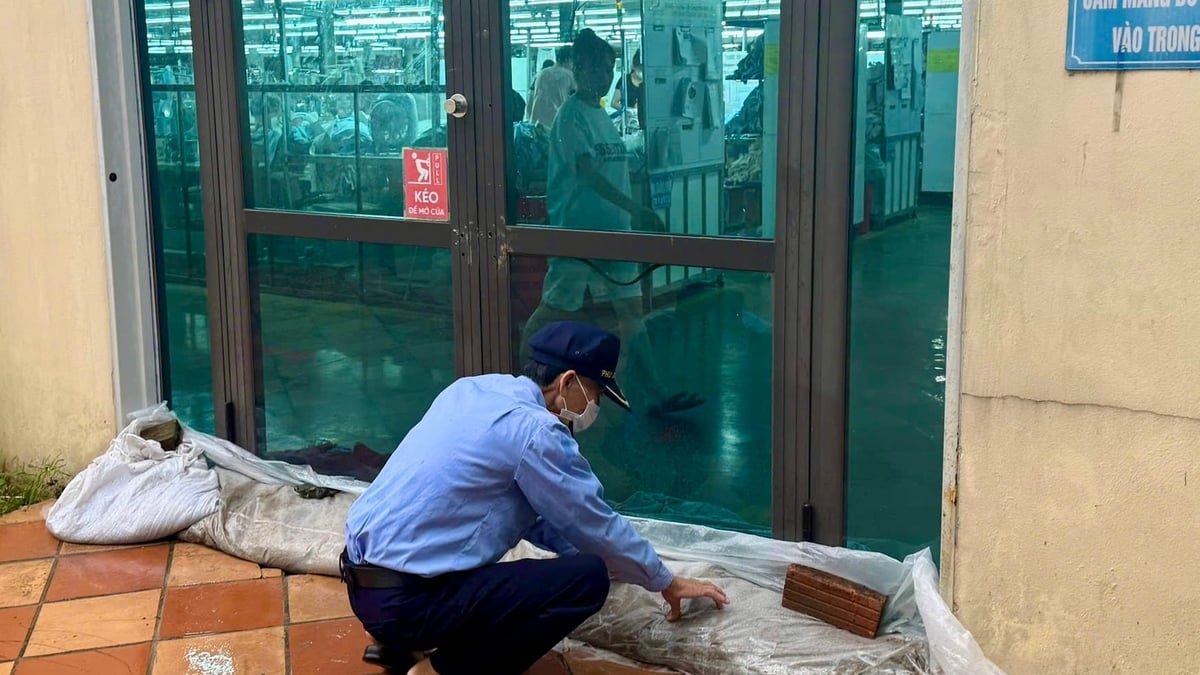
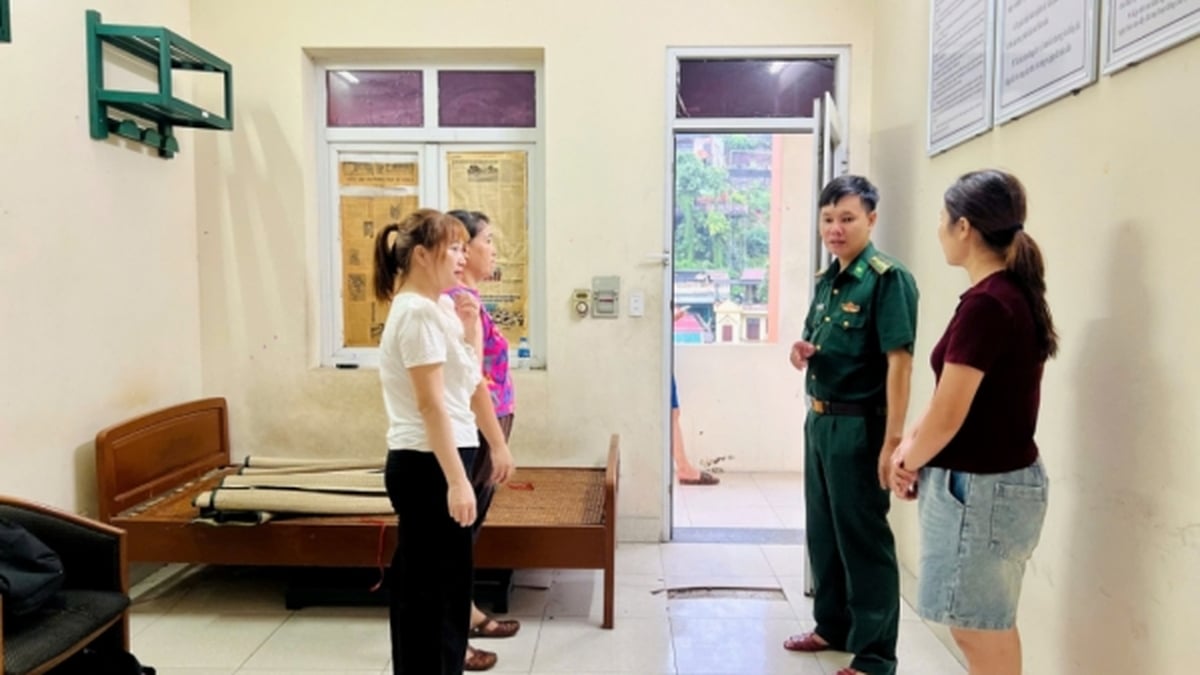

















![[Photo] National Assembly Chairman Tran Thanh Man visits Vietnamese Heroic Mother Ta Thi Tran](https://vphoto.vietnam.vn/thumb/1200x675/vietnam/resource/IMAGE/2025/7/20/765c0bd057dd44ad83ab89fe0255b783)









































































Comment (0)